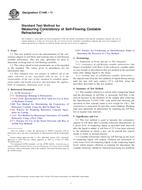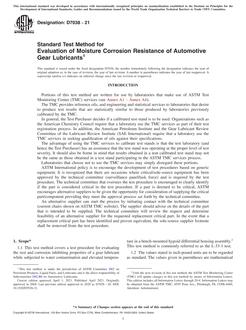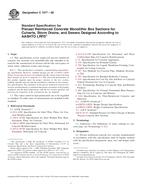Click here to purchase
Significance and Use
Ductile vs. Brittle Behavior-Body-centered-cubic or ferritic alloys exhibit a significant transition in behavior when impact tested over a range of temperatures. At temperatures above transition, impact specimens fracture by a ductile (usually microvoid coalescence) mechanism, absorbing relatively large amounts of energy. At lower temperatures, they fracture in a brittle (usually cleavage) manner absorbing less energy. Within the transition range, the fracture will generally be a mixture of areas of ductile fracture and brittle fracture.
The temperature range of the transition from one type of behavior to the other varies according to the material being tested. This transition behavior may be defined in various ways for specification purposes.
The specification may require a minimum test result for absorbed energy, fracture appearance, lateral expansion, or a combination thereof, at a specified test temperature.
The specification may require the determination of the transition temperature at which either the absorbed energy or fracture appearance attains a specified level when testing is performed over a range of temperatures.
Further information on the significance of impact testing appears in Annex A5.
Product Details
- Published:
- 06/29/2009
- Number of Pages:
- 47
- File Size:
- 1 file , 730 KB
- Redline File Size:
- 2 files , 1.3 MB


